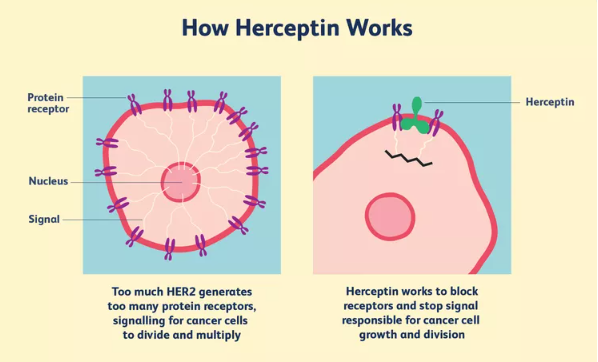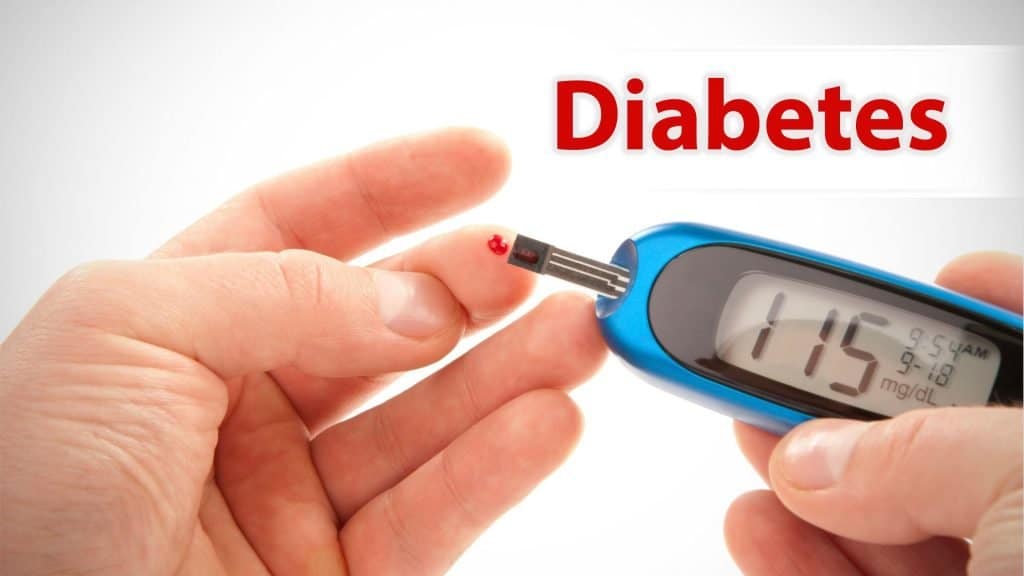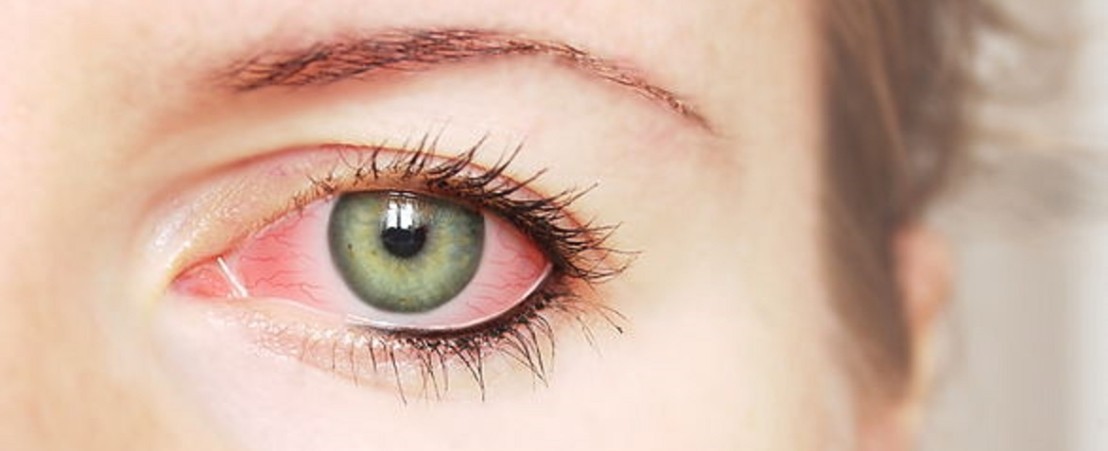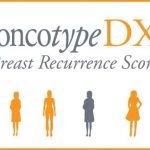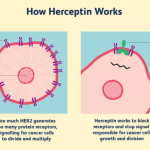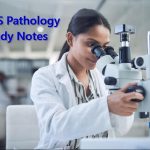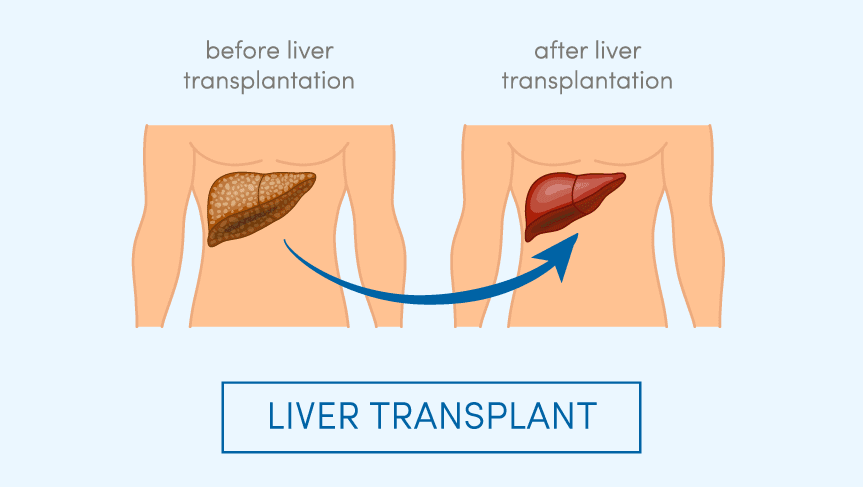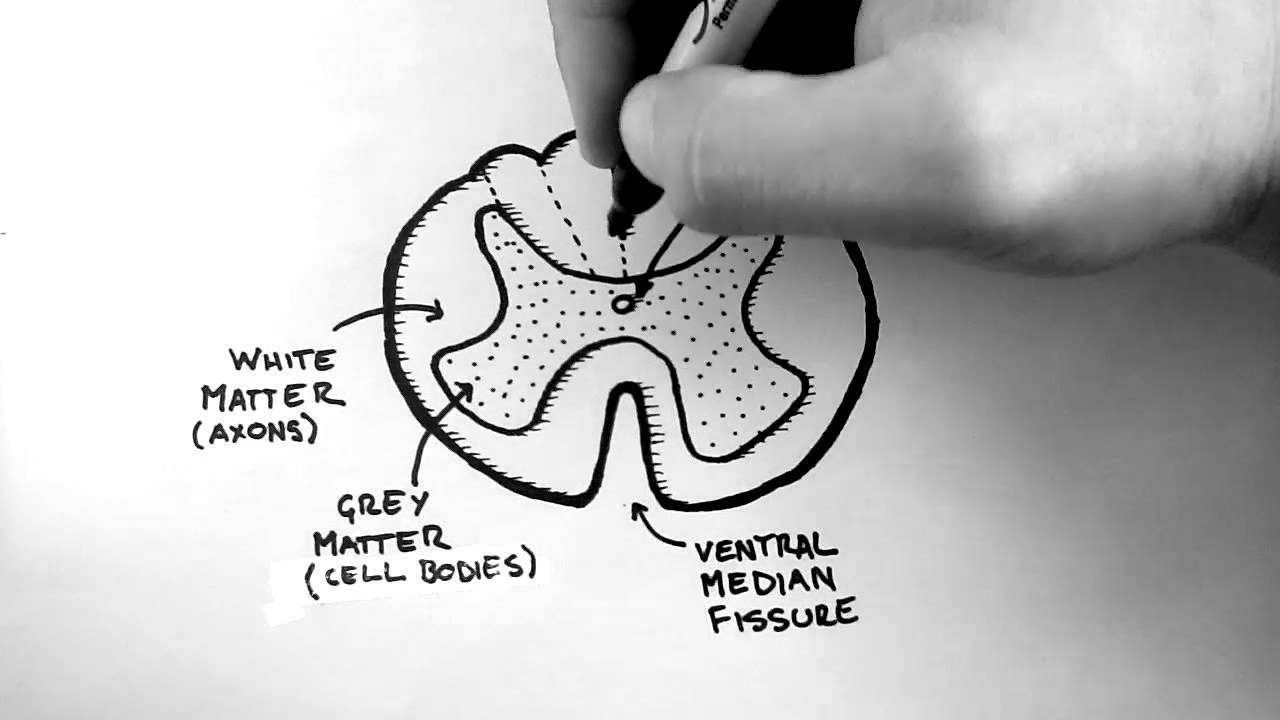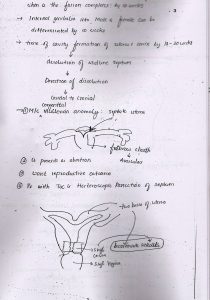Important ENT Notes for Exam Review are the collections of major notes for the medical students especially MBBS students . They will help for revising before the exam . They are in short cut format and easy and fast to review.
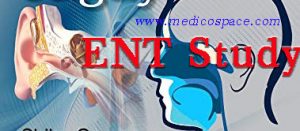
1) FACIAL NERVE—secretomotor N.fibres of SphenoPalatine Ganglion supply the Lacrimal gland, Injury to Facial N.at Geniculate Ganglion–>Dryness of eyes, Site of lesion of F.N. causing Lacrimal gland involvement is Matoid Foramen, FACIAL NERVE PALSY—common cause–Bell’s Palsy, F.N.P.-due Trauma, Immediate Rx–Decompression,
2) MIDDLE MEATUS OF NOSE—Frontal air cells,Ant. Ethmoide, Maxillary sinus opens in it, BULLA-ETHMOIDALIS, HIATUS SEMILUNARIS are seen, —
3) NAOPHARYNGEAL CANCER—EBV is a causative agent, Spreads to Lymph nodes, commonest Presentation–Cervical adenopathy, there is High Incidence of NODAL METASTASIS, –
4) OTITIS MEDIA—ASOM (ACUTE SUPPURATIVE OTITIS MEDIA) commonest cause–Pneumococcus –>very serious O.M., Pulsatile Otorrhea seen, 3yrs. Child with Fever, Ear ache, Congested T.M. with slight Bulge, it is the commonest cause of hearing loss?, Rx–Penicillin ( Myringotomy+ penicillin)–
5) NASAL POLYP—ANTROCHOANAL P.—& POLYPECTOMY-intranasal & ext.approach–arises from maxillary sinus, single & unilateral,
6) ATROPHIC RHINITIS—Sx young operation done., ozaena is seen, anosmia, alkaline douche sol’n=NaCl, Na-borate, NaHCo3
7) STRIDOR—effect of BILAT. RLN damage, most common cause in adult–malignancy, Rx of congenital laryngeal stridor =reassurance to parents, most common cause pf stridor in newborn–laryngomalacia,—–
8) TRACHEOSTOMY—complication commonly occur in children-is-difficult decannulation, indication–stridor, coma of long duration , diptheria, laryngeal obst.,flail chest, tetanus(cyanotic spells) , It is not used in F.B. / Obst.of post basal lobe /bronchus, commonest compli.of paediatric–Pneumothorax, ——–((6))
9) TYMPANIC MEMBRANE—Blue Drum–seen in Secretory otitis media, nerve supply auriculotemporal nerve, T.M.-mobility–most mobile part-central,
10) LITTLE’S AREA— arterial supply= Ant.Ethmoidal art., Septal branch of facial art., Nasal branch of Sphenopalatine art., it is the commonest Bleeding site of nose / EPISTAXIS, or KIESSELBACH’S PLEXUS—Bleeding Area of nose is situated in the AnteroInferior surface of septum/medial wall of nasal cavity , ——
11) HEARING LOSS—SENSORENEURAL H.L.—(SNHL)–causes-old age, Cochlear Otosclerosis,Loud sound, Rx–COCHLEAR IMPLANT, Hydrops of Endolymphatic system-seen-in Alport’s synd.,Usher’s synd.,Pendred’s synd.,———-((5))
12) MIDDLE EAR CAVITY—Nerve supply–Glossopharyngeal nerve,Floor–formed by INTERNAL JUGULAR BULB, In middle ear desease-there is – increased Threshold of AC & decreased BC (BC>AC), Resistance in middle ear-is-tested by IMPEDENCE Audiometry, Prominent Emenece over medial wall of midlle ear-is formed by-COCHLEA( BASAL TURNS),———-((5))
13) NASAL CAVITY—Function–Warming, Moistening, Filtration, NASAL SEPTUM—is formed by Vomer bone, Perpendicular bone of Ethmoid, Rostrum of Sphenoid, APPLE-JELLY NODULES on nasal septum–is due to Lupus Vulgaris, NASAL CARTILAGE– 3 Paired & 1 Unpaired cartilages, NASAL MUCOSA—supplied by mainly Ext.Carotid artery,———–((5))
14) RECURRENT LARYNGEAL NERVE—partial RLN palsy produces Vocal cord in PARAMEDIAN position, closely related to Inf.thyroid artery, BILAT.RLN PALSY=ADDUCTED position & stridor, supplies all except cricothyroid( SLN),———-((5))
15) RHINOSPORODIOSIS—russel bodies seen, Rx- Dapson, fungal infec.,max.in Tamil nadu, Rx excision with cautery at base,———–((5))
16) DNS / DEVIATED NASAL SEPTUM —sharp DNS–Epitaxis, SPUR, recurrent sinusitis, Newborn with DNS= 20%, inf.tubinate hypertrophy, COTTEL’S TEST–patency of nares in DNS,————((5))
17) FRONTAL SINUS–F.S. develops from ant. Ethmoidal cells, PNEUMATOCELE–fracture of F.S., not present at birth, FRONTAL MUCOCELE————-((5))
18) EPIGLOTTITIS—ACUTE–Commonest Organism causing it is -Hemophilus Influenze, DOC.in children–Ampicillin,commonest cause death-is-Respiratory obstruction,–
19) MYRINGOTOMY—done on POSTERO-INFERIOR Quadrant of T.M., commonest indication–Serous Otitis Media, a child with otitis media with Bulging T.M. with dull look, PUS in middle ear under tension,-
20) PLUMMER VINSON’S SYND.—ass. With oesophageal ca., post cricoid growth, IDA, females, premalignant ( for hypopharyngeal ca., ———((4))
21) QUINSY—PERITONSILLAR ABSCESS—org.-streptococcus, quinsy+trimus–> Rx for 48 hrs. antibiotics only & then oral drainage,
22) SEPTAL PERFORATION—of Cartilagenous nasal septum–septal abscess,leprosy ( ant. Septal perf.), Bony septal perforation–syphilis, Mucosa; inv. With nasal septum perforation in jaws-is-known as GANGOSA, ——–((4))
23) MAXILLARY SINUSITIS—commonest / chronic sinusitis in children,———((4))
24) PATCH IN THROAT— / MEMBRANE IN THROAT — (1) vincents angina, Black colour patch in mouth, (2) candida , (3) diptheria, (4) streptococcus, & IN THROAT OF ADULT—-> Hemophilus, streptococcus, Neisseria, organism are seen but not E-Coli,
25) GLUE EAR—8 yrs. Old child, Bilateral Conductive Deafness, seen in SECRETORY OTITIS MEDIA, or SEROUS OTITIS MEDIA—FLAT Tympanogram , ——–((4))
26) MYRINGOPLASTY—Plastic Repair of T.M., note- initially audiometry done & then Sx done, or TYMPANOPLASTY—before T.plasty surgeon look for cochlear reserve, temporal fascia is used -it’s metabolic rate is low, –
27) BRAIN OTOGENIC ABSCESS—Mx-drainage of abscess followed by mastoidectomy, commonest site–temporal petrosal lobe, TEMPORAL LOBE ABSCESS—occurs in unsafe otitis media with high fever , convulsions –
28) ADENOIDECTOMY— Indication–Recurrent Otitis Media, Sleep Apnoea synd., Middle ear infec. With deafness, C I –Submucous Cleft Palate, control of Hemorrhage–by Post.Nasal PACK, –
29) ARNOLD’S NERVE—is a Branch of VAGUS Nerve, Irritation of this causes Ear Cough, Cough response caused while cleaning ear canal is mediated by stimulation of X Cr.N.———-(3)
30) CARDIOSPASM / ACHALASIA CARDIA—difficulity for swallowing Liquids but not for solids, ass.with DEGENERATION of nerve plexus in the oesophagus, Barium Swallow-shows-Dilatation with smooth narrow ending,
31) ENDOLYMPH—most imp. Constituent-K+ , is seen in Scala Media , Drains into Virchow Robin Space,
32) EUSTACHIAN TUBE—most common cause of E.T. disease–ADENOIDS, LENGTH=36mm( 3.6 cm),
33) GLOMUS TUMOUR—in middle ear, Location–Hypotympanum, Pulsatile Tinnitus ,Pulsatile tumour in EAM which Bleeds to Touch,-
34) GRADENIGO’S SYND.—abducent VI Nr. Palsy, Retroorbital Pain, pain over face, Aural discharge/ otorrhoea, Pralysis of Ext./lat Rectus, Nr. Inv.= 5,6, GRADENIGO’S TRIAD—Mastoiditis, Petrositis, L R palsy,
35) MULTIPLE PAPILLOMA OF LARYNX—Rx Excision with Laser, common in Infants & Children, Laryngeal papilloma are usaually Multiple & VIRAL in origin, usual site of papilloma is larynx, Rx of single P.= Removal by Direct Laryngoscopy, –
36) TUBERCULOSIS OF LARYNX/TUBERCULOUS LARYNGITIS— KISS ULCER of Larynx, common site of T.B. Larynx is POST.COMMISSURE OF L.
37) OTITIS EXTERNA—MALIGNANT–caused by P.Aeroginosa, common in D.M., & OLD age,
38) RHINOSCLEROSIS / RHINOSCLEROMA— bacilli infec., Mickulitz & Russel bodies seen,—
39) RINNE’S TEST—+ve seen in presbycusis, -ve(BC>AC)–>middle ear disease,
40) CSF RHINORRHOEA— ant.cranial fossa fractures / Cribriform plate fracture , most imm. Rx-prophylactic antibiotics& x-ray, –
41) ETHMOIDAL SINUS–First sinus to appear after Birth, ETH.S. Adenocarcinoma–seen in WOOD workers & Nickel workers,
42) MAXILLARY SINUS—maxillary antrum commonest malignancy=sq.cell ca., secondary deposits from M.S.–>submandibular L.N.’S,this is present at birth,
43) SINUSITIS—bloood stainded rhinorrhoea, nasal blockage, facial edema, complication=orbital cellulitis, Sx-proof puncture,-
44) STAPEDIAL MUSCLE—supplied by facial cr. Nerve, STAPEDIAL REFLEX—protective against loud sound , mediated by VII & VIII CR. N.,-
45) SUPRAMEATAL SPINE OF HENLE—landmark on lat.surface of temporal bone which acts as a guide to surgery to the antrum,
46) VOCAL FOLDS—& VOCAL FOLD CA.—Vocal folds are abducted by post.cricoarytenoid, in CA. L.N.’Smets never seen,,has good prog.,
47) FRACTURES OF ZYGOMA— undisplaced fracture–no specific Rx,
